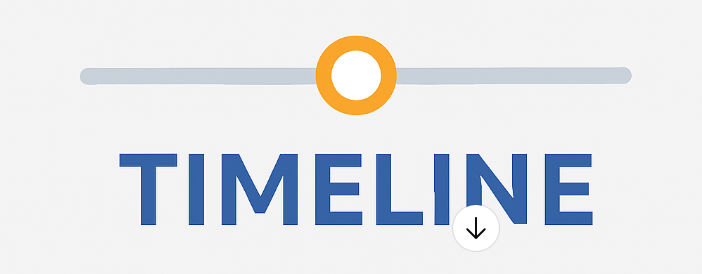PENGARUH WAKTU FERMENTASI Kappaphycus alvarezii SEBAGAI BAHAN ADITIF DALAM PAKAN IKAN MAS (Cyprinus carpio)
DOI:
https://doi.org/10.29303/jfn.v4i1.3483Keywords:
Feed, Feed Additive, Kappaphycus alvareziiAbstract
Feed additives are added in small quantities to improve feed quality and improve feed efficiency. Seaweed can be used as a feed additive because it contains nutrients such as protein, carbohydrates, fats, and minerals. One type of seaweed that can be used as a feed additive is Kappaphycus alvarezii. The step to maximize the nutritional content of seaweed flour is through fermentation. The purpose of this study is to determine the effect of the long fermentation time of bioflocculants on Kappaphycus alvarezii as an additive in feed for the growth and efficiency of goldfish feed utilization. This study used a Complete Random Design method with three treatments and four replicates, namely P0 (Fermentation 144 hours (6 days)), P1 (Fermentation 192 hours (8 days)) and P2 (Fermentation 240 hours (10 days)). The results showed that P2 treatment had a real effect on absolute weight, absolute length, specific growth rate, feed utilization efficiency (EPP), feed conversion ratio (FCR), but had no effect on the survival rate of goldfish. The best treatment in this study refers to the absolute length value, feed conversion ratio, and feed utilization efficiency, namely P2 treatment. Meanwhile, referring to the absolute weight value and specific growth rate, the P2 and P1 treatments were better than the P0 treatments.







